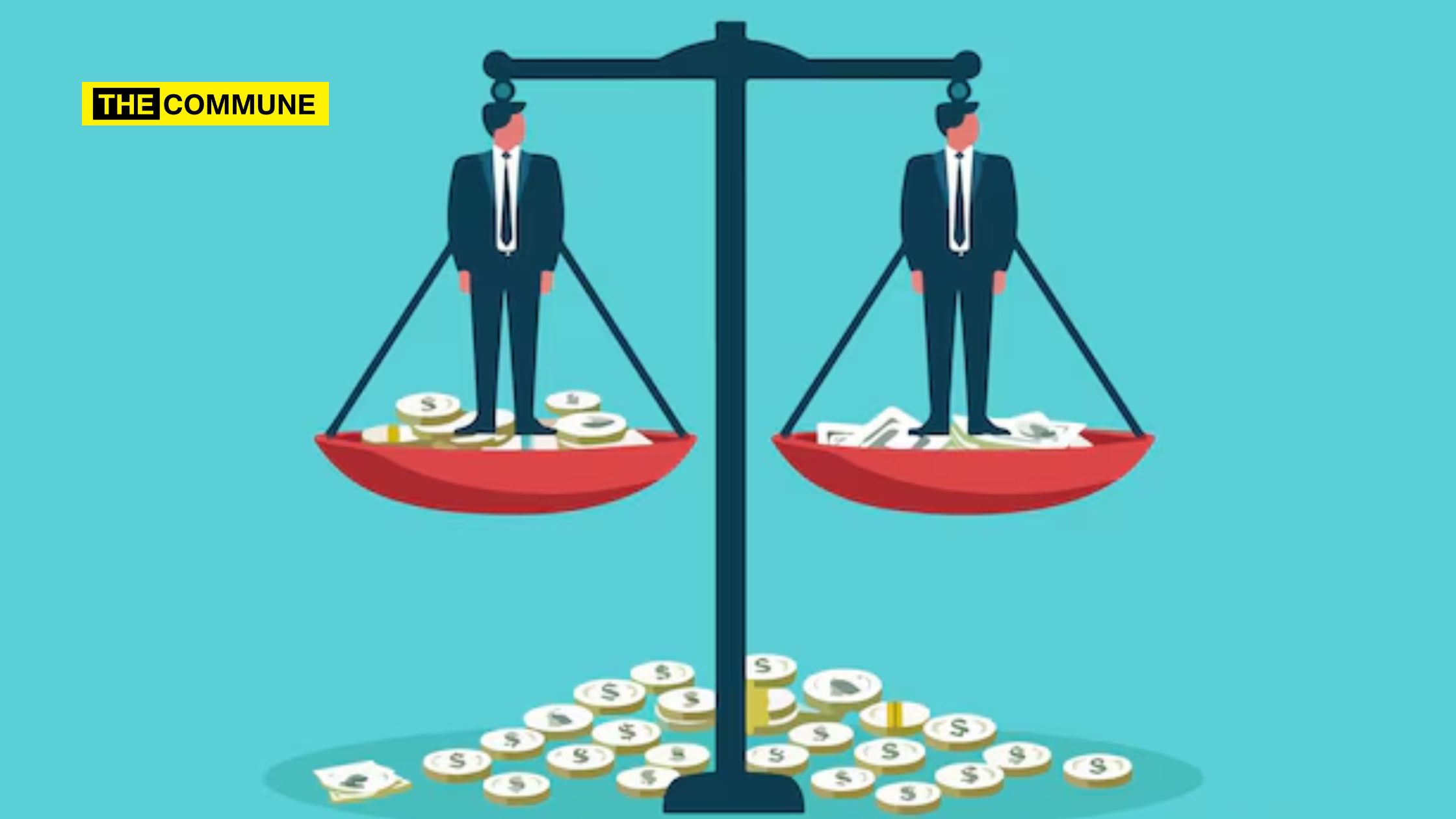
The count of individuals reporting an annual income exceeding ₹50 lakhs surged to 9.39 lakh in 2023-24, up from 1.85 lakh in 2013-14, marking a remarkable increase of 407%. Similarly, the income tax collected from those earning above ₹50 lakhs grew by 282%, rising from ₹2.52 lakh crore in FY14 to ₹9.62 lakh crores in FY24.
For taxpayers in the ₹10-15 lakhs income range, the average tax liability dropped to ₹1.1 lakhs in FY24, compared to ₹2.3 lakhs in FY14. Meanwhile, those earning between ₹15-20 lakhs saw their average tax burden decrease to ₹1.7 lakhs, down from ₹4.1 lakhs.
According to official sources, approximately 76% of the income tax paid by individuals in FY24 came from those with annual incomes over ₹50 lakhs. This shift has eased the tax burden on the middle class.
The rise in tax contributions from high-income earners is attributed to strengthened tax governance, anti-evasion initiatives implemented over the past decade, improved compliance, and enhanced taxpayer engagement, according to the sources.
The data also indicates a significant 38.6% decline in the number of tax returns filed by individuals earning between ₹0-2.5 lakhs from FY14 to FY24, suggesting a shift towards higher income brackets.
Moreover, when adjusted for inflation, there is nearly a 60% reduction in tax liability for those in the ₹10-20 lakhs income segment, highlighting a substantial tax relief over the years.
According to senior Income Tax Department officials, the number of individuals declaring an annual income of over ₹50 lakhs in India has shot up to over 9.39 lakhs in 2023-24, marking a fivefold surge from 1.85 lakh in 2013-14.
The income tax liability of individuals earning above ₹50 lakhs has also risen by more than threefold, from ₹2.52 lakhs crore in 2014 to Rs 9.62 lakh crores in 2024.
Senior officials are of the view that the increase in number of people filing ITRs with annual income above ₹50 lakhs is due to “strong anti-tax evasion measures by the (Narendra) Modi government”.
The number of income tax returns filed by individuals have increased, from around 3.60 crores in 2013-14 to 7.97 crores in 2023-24, representing a robust increase of 121 per cent over the decade, which reflects a widening of the tax base and a stronger fiscal position.
Direct taxes are seen as a progressive way of raising funds as those with higher incomes have to pay more tax than those who earn less. The officials also point out that the tax burden on individuals earning less than ₹20 lakhs a year has come down during the last 10 years.
The percentage of income tax collected from taxpayers earning less than ₹10 lakhs has reduced from 10.17 percent of the total tax paid in 2014 to 6.22 percent in 2024. Individuals earning above ₹2 lakhs a year had to pay income tax before 2014.
However, because of various exemptions and deductions announced by the Modi government, individuals earning up to ₹7 lakhs need not pay any taxes.
This has led to more disposable income in people’s hands to spend on goods and services, which, in turn, spurs economic growth.
However, apart from better compliance due to the more efficient tax administration backed by modern technology, there has also been an increase in the number of taxpayers in the higher bracket because of rising incomes in a fast-growing economy.
A senior private sector executive said this is also a sign of better and more highly paid jobs in the economy.
–IANS
Subscribe to our channels on Telegram, WhatsApp, and Instagram and get the best stories of the day delivered to you personally.




